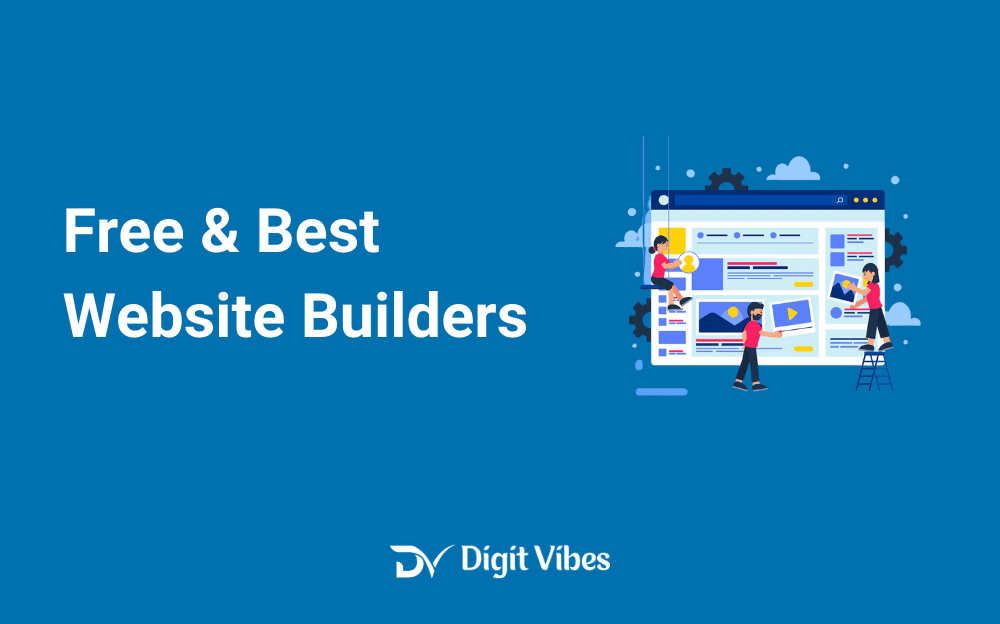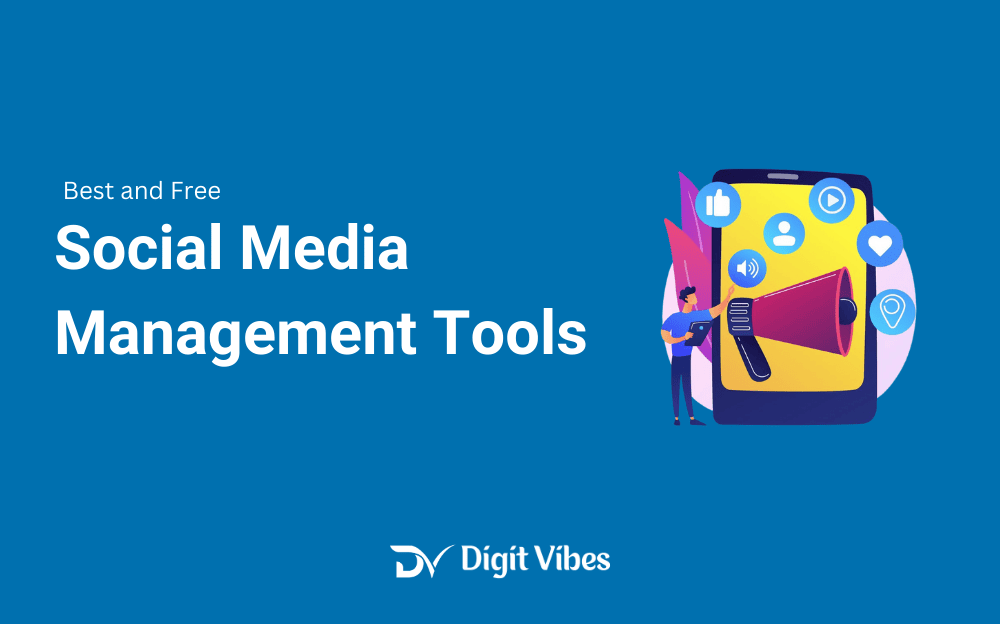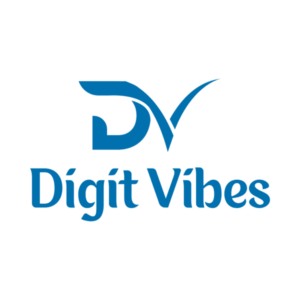
Creating effective landing pages is essential for driving conversions and achieving your marketing goals. With the right landing page builder, you can design high-converting pages without any coding skills.
This guide covers the top 12 landing page builders, highlighting their features, pros, cons, pricing plans, and detailed reviews to help you choose the best tool for your business.
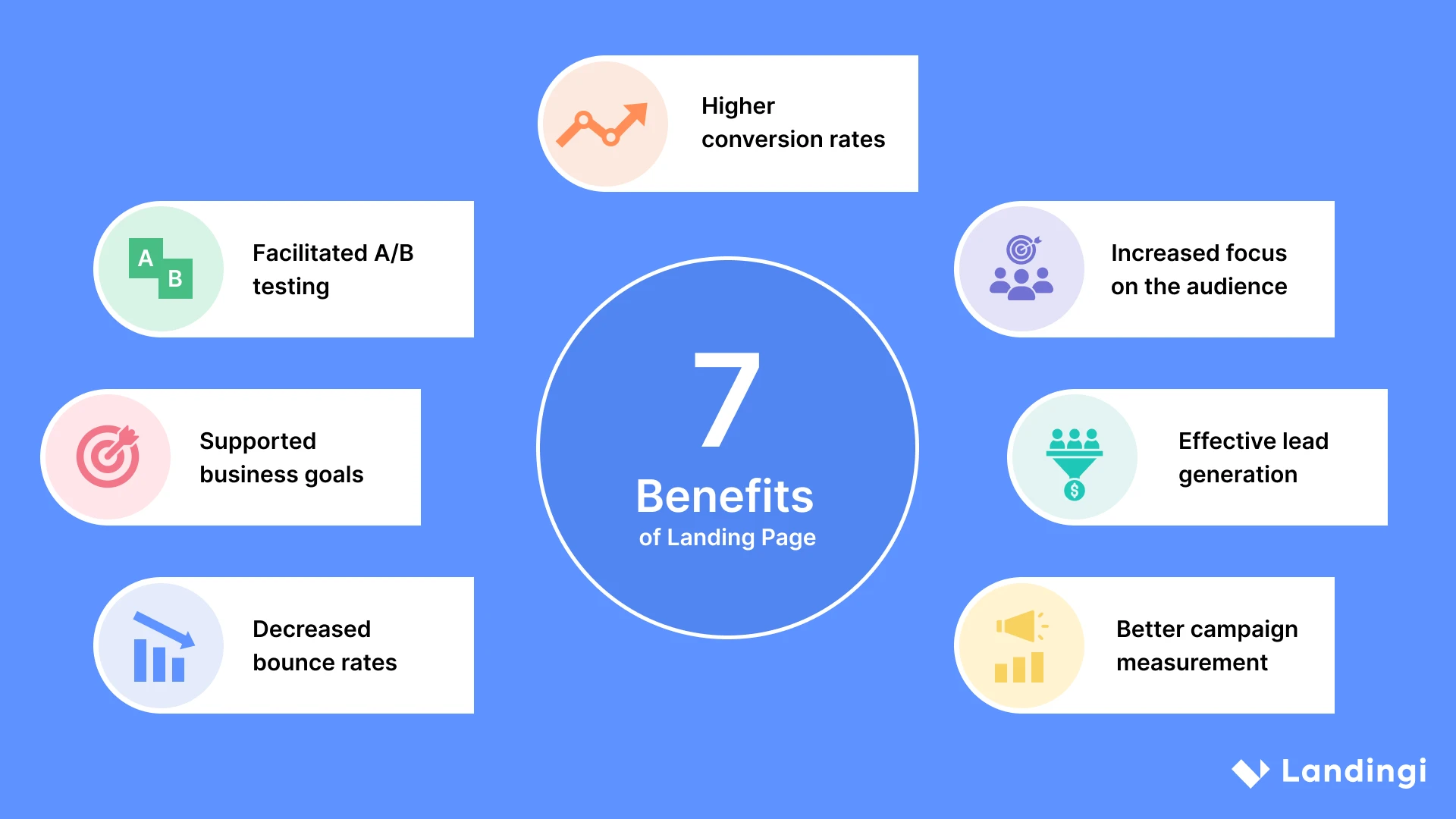
Key Features & Pricing of Each Landing Page Builder
| Tool | Key Features | Pricing |
|---|---|---|
| Unbounce | Drag-and-drop builder, A/B testing, AI tools | Plans start at $99/month |
| Leadpages | Easy-to-use, templates, integrations | Plans start at $37/month |
| ClickFunnels | Sales funnels, automation, templates | Plans start at $127/month |
| Instapage | Advanced A/B testing, collaboration tools | Plans start at $199/month |
| Elementor | WordPress plugin, drag-and-drop builder, responsive design | Plans start at $59/year |
| Landingi | Drag-and-drop builder, integrations, templates | Plans start at $29/month |
| Kartra | All-in-one platform, automation, CRM | Plans start at $99/month |
| GetResponse | Email marketing, landing pages, automation | Plans start at $15/month |
| HubSpot | All-in-one marketing platform, CRM integration | Free plan; Paid plans start at $20/month |
| ConvertKit | Simple interface, landing pages, automation | Free plan; Paid plans start at $15/month |
| Wishpond | Drag-and-drop builder, marketing automation | Plans start at $49/month |
| Mailchimp | Email marketing, landing pages, templates | Free plan; Paid plans start at $13/month |
Details and Review of 12 Best Course Builders
Here we have shared a table that will help you to get an overview of all the Course Builders that we have mentioned on this list.
Unbounce
Unbounce is one of the most popular landing page builders known for its user-friendly drag-and-drop interface and powerful features. It’s designed to help marketers create high-converting landing pages without needing any coding skills. Unbounce is ideal for businesses looking to maximize their conversion rates through landing page optimization.

Unbounce offers a wide range of templates and allows you to customize your landing pages to match your brand’s look and feel. It’s A/B testing and AI-powered tools, like Smart Traffic, make it easier to optimize your pages for better results. However, Unbounce’s pricing is on the higher side, which might be a consideration for small businesses or startups.
Unbounce Pros & Cons:
Unbounce Pricing Plans:
- Launch Plan: Starts at $99/month, includes up to 500 conversions, 20,000 visitors, and one domain.
- Optimize Plan: Starts at $145/month, includes advanced A/B testing, 1,000 conversions, and 30,000 visitors.
- Accelerate Plan: Starts at $240/month, offers up to 2,500 conversions, 50,000 visitors, and five domains.
- Concierge Plan: Custom pricing, includes higher limits and dedicated support.
Leadpages
Leadpages is an easy-to-use landing page builder that is perfect for small businesses, entrepreneurs, and marketers looking for a straightforward solution. It offers a range of templates and integrations, making it a versatile tool for creating landing pages, pop-ups, and alert bars. Leadpages is particularly known for its affordability and ease of use.
Leadpages provides a drag-and-drop editor that allows you to create professional-looking landing pages quickly. It also integrates seamlessly with other marketing tools, including email marketing and CRM platforms. While Leadpages is excellent for basic landing pages, it might lack some advanced features like A/B testing and dynamic content found in more expensive tools.
Unbounce Pros & Cons:
Unbounce Pricing Plans:
- Standard Plan: Starts at $37/month, includes unlimited landing pages, pop-ups, and alert bars.
- Pro Plan: Starts at $79/month, adds online sales and payments, A/B testing, and advanced integrations.
- Advanced Plan: Starts at $321/month, includes more customization, higher limits, and priority support.
ClickFunnels
ClickFunnels is more than just a landing page builder; it’s a comprehensive sales funnel platform designed to help businesses create high-converting sales funnels. It’s a great tool for marketers looking to automate their sales processes and drive more revenue through well-optimized funnels. ClickFunnels is ideal for businesses focused on sales and lead generation.
ClickFunnels offers a range of features, including drag-and-drop page building, A/B testing, and a library of pre-designed templates for different types of funnels. The platform also includes automation tools and integration with payment gateways, making it a powerful option for online businesses. However, its higher pricing and complexity might be a barrier for smaller businesses or beginners.
ClickFunnelsPros & Cons:
ClickFunnels Pricing Plans:
- Basic Plan: Starts at $127/month, includes 20 funnels, 100 pages, and up to 20,000 visitors.
- Pro Plan: Starts at $157/month, and includes more funnels, pages, and priority support.
- Funnel Hacker Plan: Starts at $208/month, offers unlimited funnels and pages, advanced features, and priority support.
Instapage
Instapage is a landing page builder designed for marketing teams and agencies that require advanced features and collaboration tools. It’s known for its robust A/B testing capabilities, easy-to-use editor, and integration with various marketing platforms. Instapage is ideal for businesses looking for a high-performance landing page solution.

Instapage offers an intuitive drag-and-drop builder that makes it easy to create and customize landing pages. It also provides advanced analytics and optimization tools, such as heatmaps and A/B testing, to help you maximize your conversion rates. However, Instapage’s pricing is on the higher end, making it more suitable for larger businesses or teams with a bigger budget.
Instapage Pros & Cons:
Instapage Pricing Plans:
- Business Plan: Starts at $199/month, includes unlimited conversions, A/B testing, heatmaps, and up to 30,000 unique visitors.
- Custom Plan: Custom pricing, includes higher limits, dedicated support, and additional features.
Elementor
Elementor is a popular WordPress plugin that allows you to create custom landing pages directly within your WordPress site. It’s known for its flexibility, drag-and-drop builder, and wide range of design options. Elementor is ideal for WordPress users looking for a powerful yet affordable landing page builder.
Elementor offers a variety of templates and widgets that make it easy to create professional-looking landing pages without any coding skills. The tool also provides responsive design features, ensuring your landing pages look great on all devices. While Elementor is an excellent choice for WordPress users, it might not be the best option for those using other platforms.
Elementor Pricing Plans:
- Essential Plan: Starts at $59/year, includes one website with premium features and templates.
- Expert Plan: Starts at $199/year, includes up to 25 websites and additional support.
- Studio Plan: Starts at $499/year, offers up to 100 websites and VIP support.
- Agency Plan: Starts at $999/year, includes up to 1,000 websites and priority support.
Elementor Pros & Cons:
Landingi
Landingi is a landing page builder designed for marketers who need a simple yet powerful tool for creating and optimizing landing pages. It’s known for its user-friendly drag-and-drop editor, a wide range of templates, and seamless integrations with other marketing tools. Landingi is suitable for small to medium-sized businesses looking for an affordable solution.

Landingi’s drag-and-drop editor allows you to create custom landing pages quickly, and its library of templates makes it easy to get started. The tool also offers A/B testing and analytics to help you optimize your pages for better results. However, Landingi’s advanced features are limited, and its pricing might be higher than some other basic builders.
Landingi Pros & Cons:
Landingi Pricing Plans:
- Core Plan: Starts at $29/month, includes unlimited landing pages and up to 10,000 visitors.
- Create Plan: Starts at $65/month, adds A/B testing, integrations, and 50,000 visitors.
- Automate Plan: Starts at $89/month, includes advanced features, automation, and up to 100,000 visitors.
- Agency Plan: Starts at $109/month, offers additional features for agencies and higher limits.
Kartra
Kartra is an all-in-one marketing platform that includes a landing page builder, along with tools for email marketing, automation, and CRM. It’s designed for businesses that need a comprehensive solution for their online marketing efforts. Kartra is ideal for businesses looking to consolidate their marketing tools into one platform.
Kartra’s landing page builder offers a drag-and-drop interface with a variety of templates to choose from. The platform also provides advanced automation features, allowing you to create complex marketing funnels. However, Kartra’s pricing is on the higher side, and its interface may be overwhelming for beginners.
Kartra Pros & Cons:
Kartra Pricing Plans:
- Starter Plan: Starts at $99/month, includes up to 2,500 contacts and 15,000 emails per month.
- Silver Plan: Starts at $199/month, includes up to 12,500 contacts and 125,000 emails per month.
- Gold Plan: Starts at $299/month, offers up to 25,000 contacts and 250,000 emails per month.
- Platinum Plan: Starts at $499/month, includes up to 50,000 contacts and 500,000 emails per month.
GetResponse
GetResponse is an email marketing platform that also offers a landing page builder as part of its all-in-one marketing solution. It’s known for its affordability, ease of use, and integration with email marketing and automation tools. GetResponse is ideal for small to medium-sized businesses looking for a comprehensive marketing tool.

GetResponse’s landing page builder provides a drag-and-drop editor with customizable templates, making it easy to create professional-looking pages. The tool also offers A/B testing and advanced analytics to help you optimize your landing pages. However, its landing page features may be more basic compared to dedicated builders.
GetResponse Pros & Cons:
GetResponse Pricing Plans:
- Email Marketing Plan: Starts at $15/month, includes email marketing, autoresponders, and landing pages.
- Marketing Automation Plan: Starts at $49/month, adds automation workflows and advanced segmentation.
- Ecommerce Marketing Plan: Starts at $99/month, includes ecommerce features and additional automation tools.
- Max Plan: Custom pricing, offers more advanced features and dedicated support.
HubSpot
HubSpot is a leading all-in-one marketing platform that includes a powerful landing page builder. It’s known for its robust CRM, marketing automation, and detailed reporting features. HubSpot is ideal for businesses looking for a comprehensive marketing solution with integrated landing page capabilities.
HubSpot’s landing page builder is well-integrated with its CRM, allowing for personalized and automated landing pages that cater to different customer segments. The tool also provides extensive reporting and analytics to measure campaign performance. While HubSpot offers a free plan with basic features, its more advanced features can be quite expensive.
HubSpot Pros & Cons:
HubSpot Pricing Plans:
- Free Plan: Includes basic landing page features and CRM integration.
- Starter Plan: Starts at $20/month, adds more marketing tools and support.
- Professional Plan: Starts at $450/month, includes advanced automation and reporting features.
- Enterprise Plan: Starts at $1,200/month, offers the most comprehensive features and dedicated support.
ConvertKit
ConvertKit is an email marketing platform that also offers a simple and effective landing page builder. It’s designed for creators, bloggers, and small businesses that need a straightforward tool for capturing leads and growing their audience. ConvertKit is ideal for users who prioritize simplicity and ease of use.
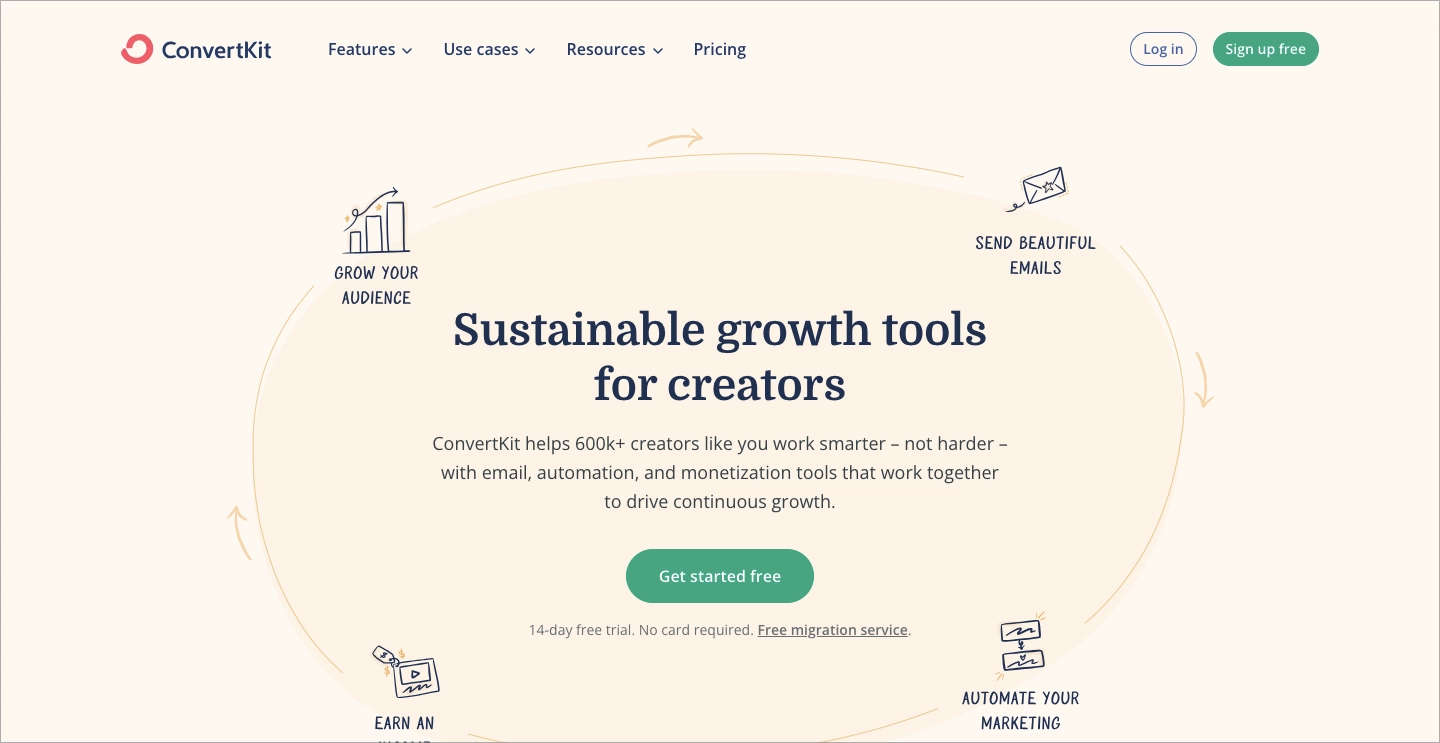
ConvertKit’s landing page builder provides a range of customizable templates and a drag-and-drop editor, making it easy to create landing pages without any coding skills. The tool also integrates well with email marketing and automation features, helping you nurture leads effectively. However, its landing page features may be more basic compared to specialized builders.
ConvertKit Pros & Cons:
ConvertKit Pricing Plans:
- Free Plan: Available for up to 1,000 subscribers with basic features.
- Creator Plan: Starts at $15/month, includes automation and additional landing page templates.
- Creator Pro Plan: Starts at $29/month, adds advanced reporting, priority support, and additional features.
Wishpond
Wishpond is a marketing platform that includes a landing page builder, along with tools for lead generation, marketing automation, and email marketing. It’s known for its user-friendly interface and wide range of features designed to help businesses capture and nurture leads. Wishpond is ideal for small to medium-sized businesses looking for an all-in-one marketing solution.
Wishpond’s landing page builder offers a drag-and-drop editor with a library of templates to choose from. The platform also provides A/B testing and analytics to help you optimize your landing pages. However, Wishpond’s pricing is on the higher side, and its advanced features may require some learning.
Wishpond Pros & Cons:
Wishpond Pricing Plans:
- Starting Out Plan: Starts at $49/month, includes basic landing pages, pop-ups, and forms.
- Everything You Need Plan: Starts at $99/month, adds marketing automation and additional features.
- Rapid Growth Plan: Starts at $199/month, includes advanced features, dedicated support, and higher limits.
- Scaling Plan: Custom pricing, offers more advanced features and dedicated account management.
Mailchimp
Mailchimp is a well-known email marketing platform that also offers landing page creation as part of its suite of marketing tools. It’s designed for small businesses and entrepreneurs who need an easy-to-use tool for building landing pages, managing email campaigns, and automating marketing tasks. Mailchimp is ideal for users who want a simple and affordable solution.
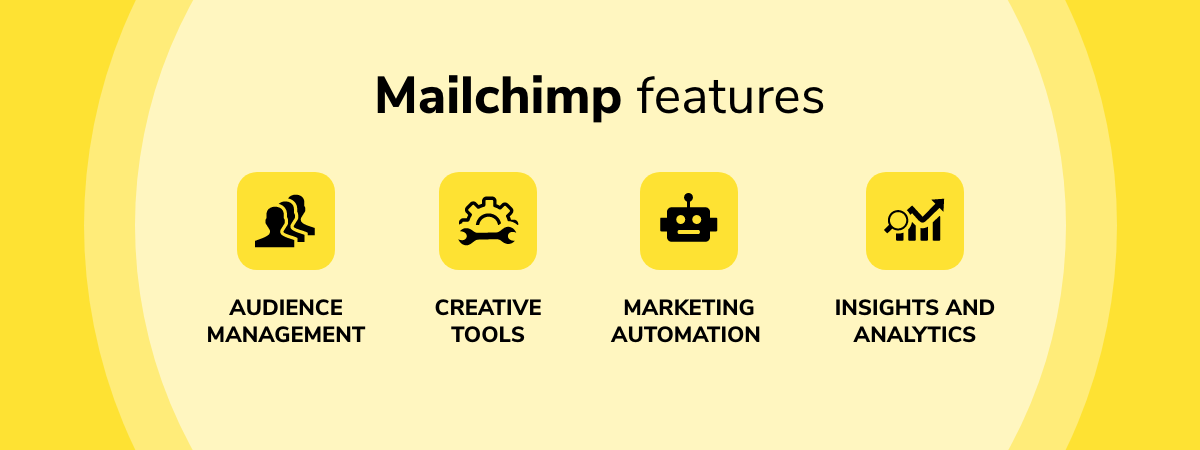
Mailchimp’s landing page builder provides a drag-and-drop editor with a variety of templates to choose from. The tool also integrates with email marketing and automation features, making it a versatile option for small businesses. However, Mailchimp’s landing page features are more basic compared to dedicated builders, and it might lack some advanced customization options.
Mailchimp Pros & Cons:
Mailchimp Pricing Plans:
- Free Plan: Includes basic landing page features and up to 2,000 contacts.
- Essentials Plan: Starts at $13/month, adds email marketing features and more customization options.
- Standard Plan: Starts at $17/month, includes advanced automation and reporting features.
- Premium Plan: Starts at $350/month, offers advanced features, priority support, and higher limits.
FAQs Related To Landing Page Builder
Q1: What is a landing page builder?
A landing page builder is a tool that helps you create standalone web pages designed to capture leads, promote products, or drive conversions.
Q2: Why should I use a landing page builder?
Landing page builders allow you to create high-converting pages without coding skills, making it easier to optimize your marketing efforts.
Q3: Which landing page builder is the best?
The best landing page builder depends on your needs. Unbounce is great for optimization, while Leadpages offers affordability and ease of use.
Q4: Can I use a landing page builder without coding skills?
Yes, most landing page builders are designed to be user-friendly, allowing you to create pages using drag-and-drop editors without any coding knowledge.
Q5: Are there free landing page builders?
Yes, tools like Mailchimp and HubSpot offer free plans with basic landing page features.
Concluion: How To Pick A Right Page Builder?
Choosing the right landing page builder is crucial for optimizing your marketing efforts and achieving your business goals. With a variety of tools available, from the feature-rich Unbounce and Instapage to the more budget-friendly options like Leadpages and Mailchimp, there’s a solution for every need and budget.
Each of the 12 landing page builders we’ve covered offers unique strengths. Whether you’re looking for advanced customization, seamless integrations, or simple drag-and-drop functionality, there’s a tool that can meet your requirements.
It’s essential to consider your specific needs, such as the level of design flexibility, A/B testing capabilities, and overall ease of use, when making your choice.
By carefully evaluating the features, pricing, pros, and cons of each tool, you can select the landing page builder that aligns best with your marketing strategy. This way, you can create high-converting landing pages that effectively capture leads, promote products, and drive conversions, ultimately contributing to the success of your campaigns.


